North America Transmission Infrastructure Size
North America Transmission Infrastructure Market Growth Projections and Opportunities
The North American transmission infrastructure market is influenced by various market factors that play a crucial role in shaping its dynamics. One significant factor is the increasing demand for reliable and efficient electricity transmission systems. With the growth of population and urbanization in North America, there is a rising need for electricity to power homes, businesses, and industries. This demand necessitates the expansion and modernization of transmission infrastructure to ensure stable and uninterrupted power supply across the region.
Another key market factor is the evolving energy landscape, driven by the transition towards renewable energy sources. North America is witnessing a shift towards cleaner and sustainable energy sources such as wind, solar, and hydroelectric power. This transition requires significant investments in transmission infrastructure to integrate renewable energy generation facilities into the grid and transport electricity from remote locations to urban centers. Additionally, the intermittent nature of renewable energy sources necessitates grid upgrades and storage solutions to maintain grid stability and reliability.
Government policies and regulations also play a crucial role in shaping the North American transmission infrastructure market. Regulatory frameworks aim to ensure grid reliability, promote competition, and facilitate investments in infrastructure development. Policies supporting renewable energy deployment, grid modernization, and energy efficiency initiatives incentivize investments in transmission infrastructure projects. Moreover, regulations addressing environmental concerns, permitting processes, and land use approvals influence the planning and implementation of transmission projects.
Technological advancements are driving innovation and efficiency improvements in transmission infrastructure. Advancements in materials, construction techniques, and grid monitoring technologies enhance the reliability, performance, and lifespan of transmission assets. Smart grid technologies, such as advanced sensors, automation systems, and digital communication networks, enable real-time monitoring and control of the grid, optimizing energy flow and reducing transmission losses. Furthermore, advancements in high-voltage transmission technologies enable the efficient long-distance transmission of electricity, facilitating the integration of renewable energy resources.
Market competition and industry structure are significant factors influencing the North American transmission infrastructure market. The market is characterized by a mix of private and public sector entities, including utilities, independent power producers, transmission developers, and equipment manufacturers. Competition among these entities drives innovation, cost efficiency, and project execution excellence. Moreover, strategic partnerships, mergers, and acquisitions shape the competitive landscape, enabling companies to expand their market presence and capabilities.
Economic factors such as investment climate, financing options, and cost considerations impact the development of transmission infrastructure projects. Adequate funding, access to capital markets, and favorable financing terms are essential for project viability and execution. Additionally, cost-benefit analysis, risk assessment, and economic feasibility studies influence investment decisions and project prioritization. Economic incentives, subsidies, and tax credits provided by governments and regulatory agencies can also stimulate investments in transmission infrastructure.
Environmental and social considerations are increasingly important in the planning and development of transmission infrastructure projects. Environmental impact assessments, stakeholder engagement, and community consultation processes are essential for project approval and permitting. Mitigation measures, such as route optimization, habitat restoration, and cultural heritage preservation, help minimize the environmental and social impacts of transmission projects. Furthermore, addressing environmental and social concerns enhances project acceptance, reduces regulatory hurdles, and fosters public support for infrastructure development.
The North American transmission infrastructure market is shaped by various market factors, including demand growth, energy transition, regulatory policies, technological advancements, market competition, economic conditions, and environmental considerations. Understanding these factors is essential for stakeholders in the transmission industry to navigate the complexities of the market, identify opportunities, mitigate risks, and drive sustainable infrastructure development to meet the evolving energy needs of the region.
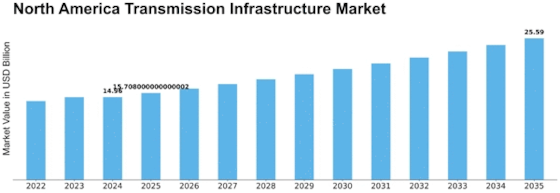

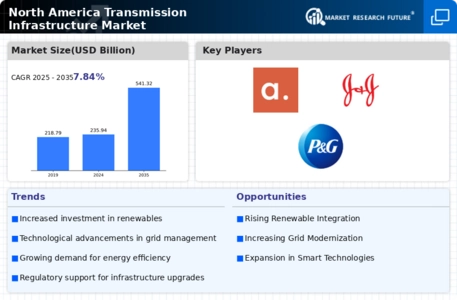
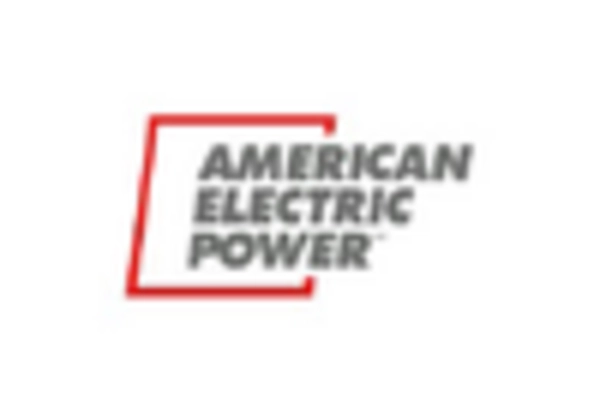

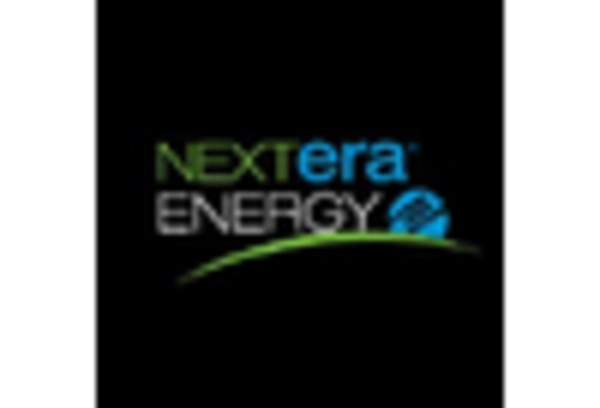
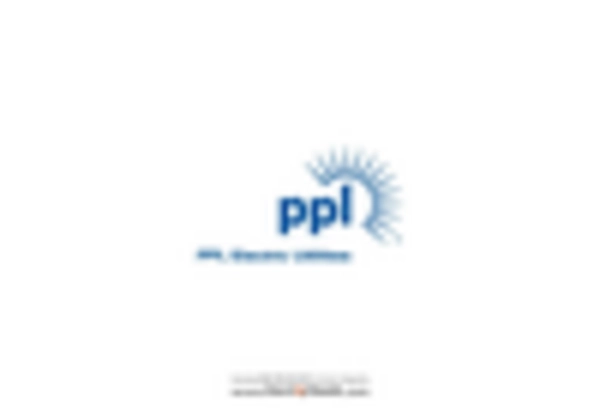
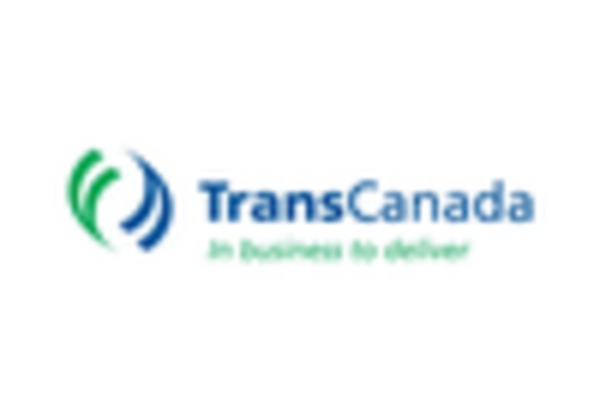










Leave a Comment